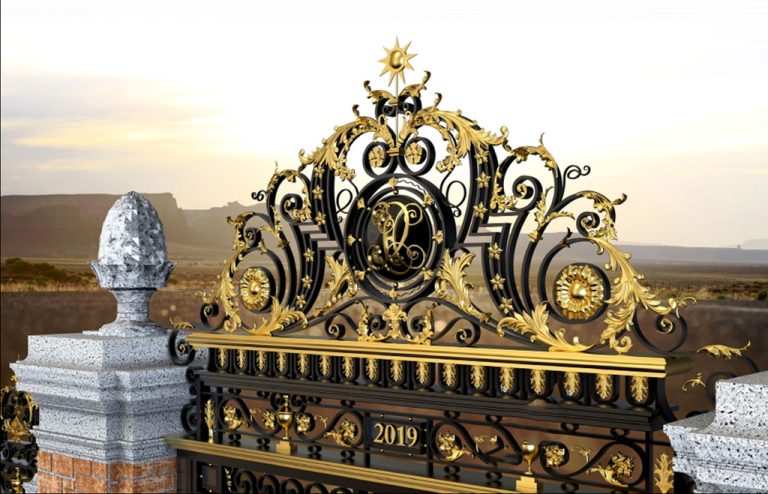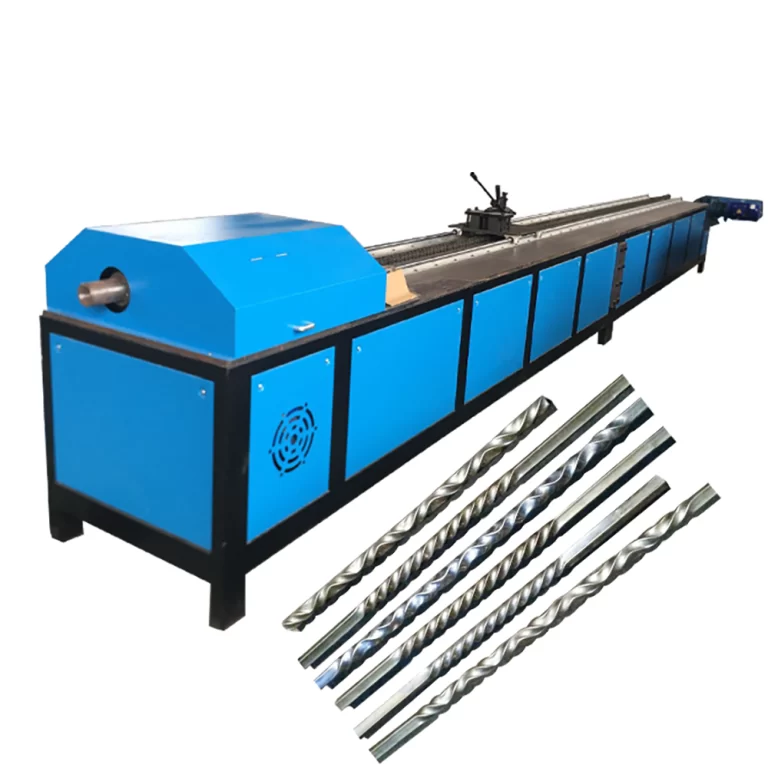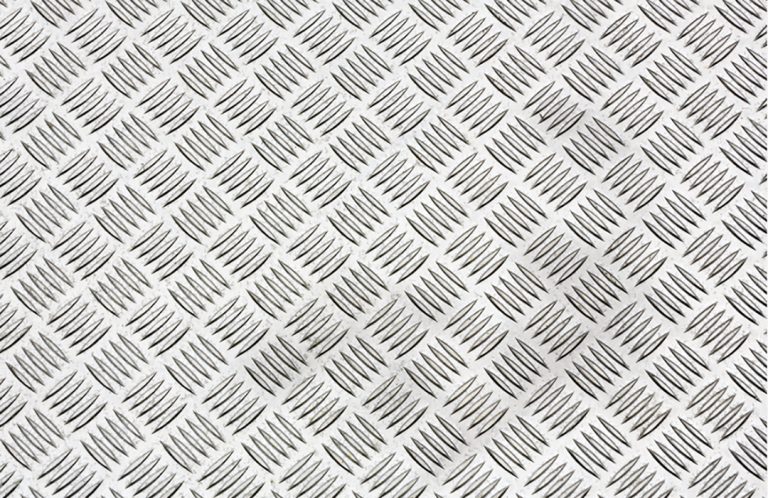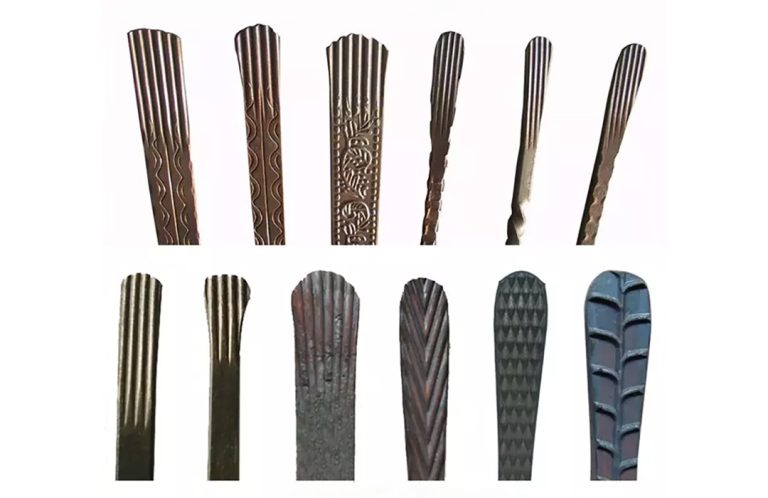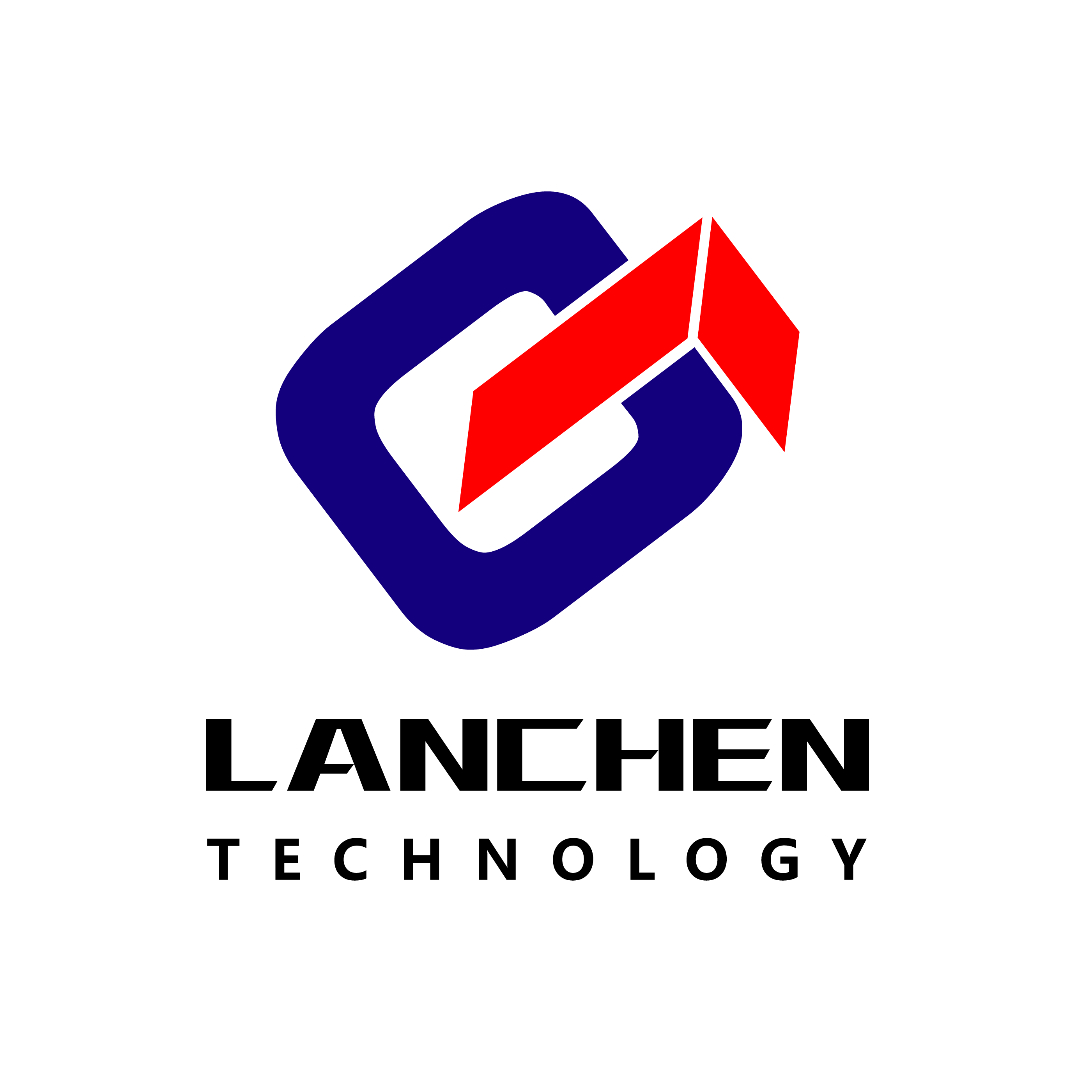Some purchase instructions about wrought iron twisting making machine
Some purchase instructions about wrought iron twisting making machine
1.Introduction about purcgasing wrought iron twisting machine.
1.1 Brief overview of wrought iron and its history.
Wrought iron is a type of iron that has been heated and then worked with hammers or other tools while it is in a malleable state. It is generally less brittle and more ductile than cast iron, making it easier to work with and shape.
Wrought iron has a long history, dating back to ancient civilizations such as the Hittites in what is now modern-day Turkey and the Greeks. It was often used for weapons, tools, and decorative objects. In the Middle Ages, wrought iron was used extensively in the construction of buildings, gates, and fences.
In the 19th and early 20th centuries, wrought iron became a popular choice for decorative elements such as railings, balconies, and gates. It was also used for structural elements in buildings and bridges. However, with the development of cheaper and stronger steels, the use of wrought iron began to decline in the mid-20th century. Today, it is mostly used in restoration work or for decorative purposes.
1.2 Explanation of the process of wrought iron twisting
Wrought iron twisting is a process used to add decorative elements to wrought iron products, such as railings, gates, and fences. It involves shaping and manipulating the iron into intricate patterns and designs using a variety of tools and techniques.
There are several ways to twist wrought iron, but one common method involves using a twisting machine. These machines are specifically designed to apply torque to the iron, allowing it to be twisted and shaped into a variety of patterns.
To use a wrought iron twisting machine, the iron must first be heated to a high temperature in a forge or furnace. This makes the metal more pliable and easier to shape. Usually the metal is calcined until it turns red, and then let it left on the ground to wait for the metal to cool completely before processing. In this way, the calcined material is softer and easier to twist and shape.
The machine consists of a long, cylindrical barrel with a series of rollers or gears on the inside. The iron is fed into one end of the barrel, and as it moves through the machine, the rollers or gears apply torque to the metal, causing it to twist and bend. The degree of twist can be controlled by adjusting the speed of the rollers or the amount of torque applied to the metal.
After the iron has been twisted to the desired shape, it can be removed from the machine. The twisted iron can then be used to create a variety of decorative elements, such as scrolls, twists, and curls.
1.3 Introduction of the wrought iron twisting making machine .
A electric wrought iron square bar twisting machine is a specialized tool used to shape and manipulate wrought iron into intricate patterns and designs. These machines are often used in the production of decorative elements for wrought iron products, such as railings, gates, and fences.
Wrought iron twisting machines work by applying torque to the iron, causing it to twist and bend into a variety of shapes. The degree of twist can be controlled by adjusting the speed of the rollers or gears inside the machine, or by changing the amount of torque applied to the metal.
To use a wrought iron twisting machine, the iron must first be heated to a high temperature in a forge or furnace. This makes the metal more pliable and easier to shape. Once the iron has been heated to the proper temperature, it can be placed in the machine and twisted to the desired shape.
Wrought iron twisting machines come in a range of sizes and designs, depending on the specific needs of the user. Some machines are portable and can be used in a variety of locations, while others are larger and more permanently installed in a workshop or factory. Regardless of the size or design, all wrought iron twisting machines operate on similar principles, using torque to shape and bend the metal.
2. Wrought iron metal twisting machine
2.1 Classification of twisting machine
The twisting machine is divided into portable twisting machine and electric wrought iron twisting machine
Manual basket twister
Portable twisting machine refers to a manual twisting tool, usually it has a simple structure and light weight. The user can complete the twisting and flower basket making manually.
The counterfeiting of this basket maker is very cheap price and suitable for home use. The disadvantage is that the work efficiency is low and it cannot be mass-produced, and it cannot produce flower baskets with uniform specifications.
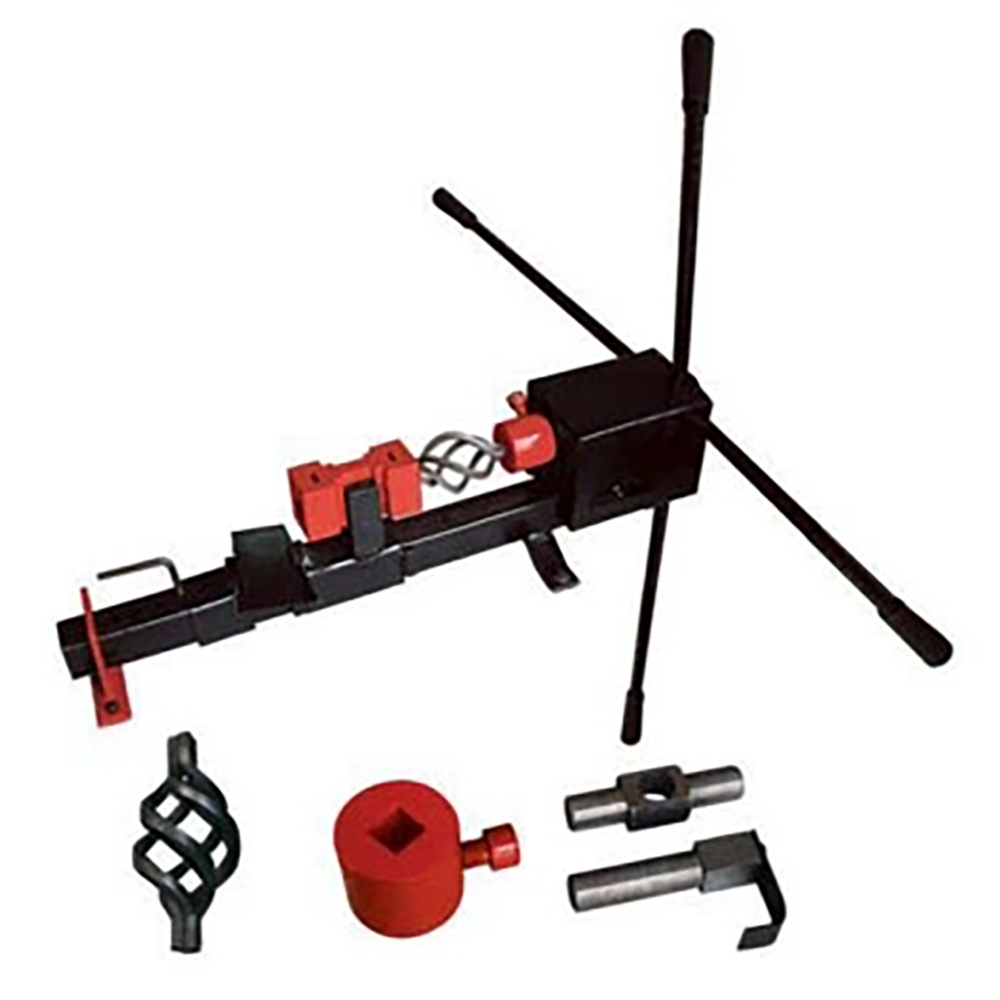
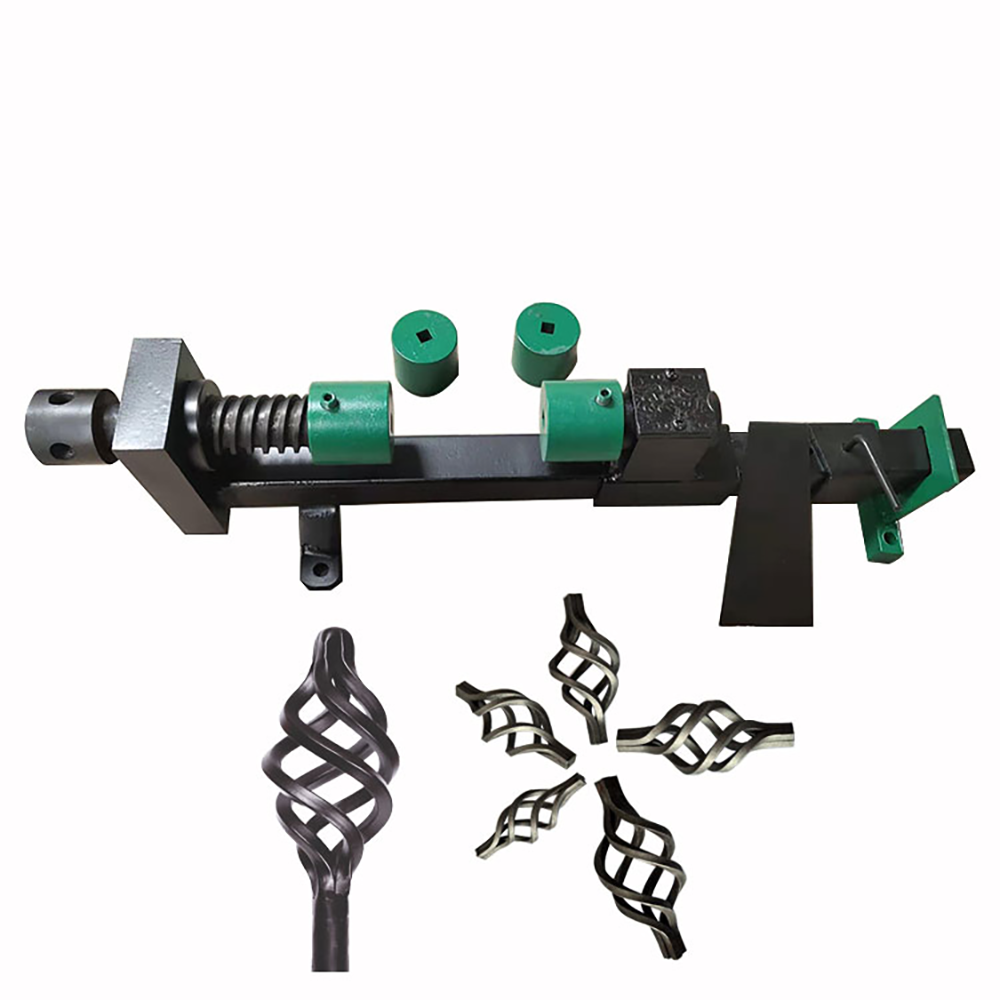
Program controlled metal twisting wrought iron machine
electric wrought iron square bar twisting machine is the result of nearly 10 years of research. Now the technology is mature. It has the advantages of high work efficiency, uniform product completion and mass production, and is deeply loved by customers.
Even the electric twisting machine is divided into different types, and the flower baskets produced also have the difference of 4 wires, 8 wires, and 12 wires. The more the number of wires in the flower basket, the more difficult it is to make. Usually, flower baskets with different numbers of wires can be replaced Different molds are completed.
Electric 4 Wires Basket Twisting Machine,
Electric 8 Wires Basket Twisting Machine Iron Craft Bird Cage Making Machine Wrought Iron Machine, electric 12 wires basket making machine.
2.2 The fuctions of Lanchen wrought iron machine for twist square steel and flat iron
Whether it is a manual twisting machine or an electric twisting machine, the main materials they can process are square steel and flat iron.
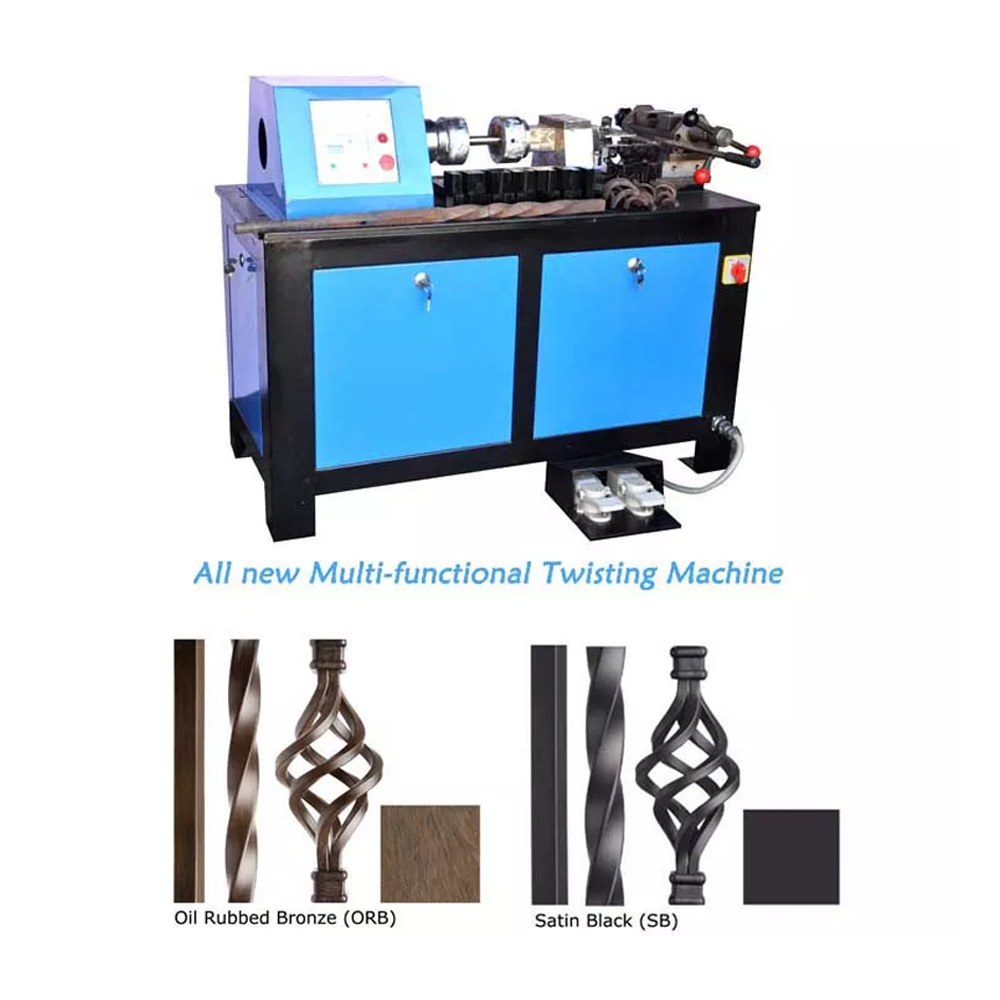

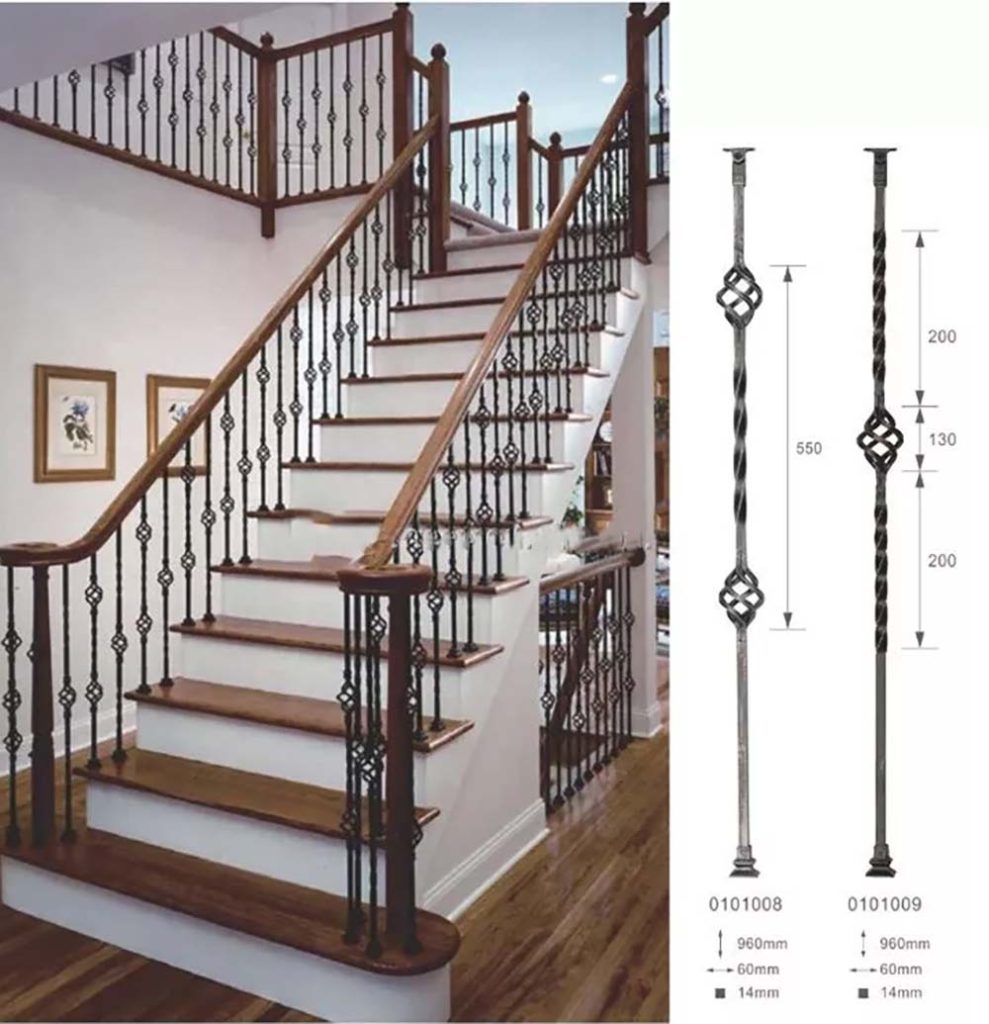
2.3 Description of the Electric wrought iron twisting machine’s components and their functions
A wrought iron twisting machine is a machine used to twist strands of wrought iron or steel wire into decorative shapes. The main components of a wrought iron twisting machine are:
2.3.1Motor: The motor is the main power source of the machine and drives the other components.
2.3.2 Drive system: The drive system consists of a series of gears, pulleys, and belts that transmit power from the motor to the twisting mechanism.
2.3.3 Twisting mechanism: The twisting mechanism is the part of the machine that actually twists the wire. It consists of a series of rollers or spindles that rotate at different speeds, causing the wire to twist as it passes through.
2.3.4 Work table: The work table is a flat surface where the wire is placed and held in place while it is being twisted.
2.3.5 Wire guide: The wire guide is a device that helps guide the wire through the twisting mechanism.
2.3.6 Foot pedal: The foot pedal is a control used to start and stop the twisting process.
2.3.7 Adjustment knobs: Adjustment knobs allow the operator to adjust the tension and speed of the twisting mechanism.
2.3.8 Safety guards: Safety guards are used to protect the operator from the moving parts of the machine.
In summary, the motor provides power to the drive system, which transmits power to the twisting mechanism. The wire is placed on the work table and guided through the twisting mechanism by the wire guide. The foot pedal is used to start and stop the twisting process, and the adjustment knobs allow the operator to adjust the tension and speed of the twisting mechanism. Safety guards protect the operator from the moving parts of the machine.
2.4 Explanation of the step-by-step process of using the machine to twist wrought iron
Here is a step-by-step process for using a wrought iron twisting machine:
Prepare the wire: Cut the wire to the desired length and straighten it out. Make sure the wire is clean and free of any kinks or bends.
Place the wire on the work table: Position the wire on the work table in the desired location.
Adjust the tension and speed: Use the adjustment knobs to set the desired tension and speed for the twisting process.
Engage the safety guards: Make sure the safety guards are in place to protect the operator from the moving parts of the machine.
Start the machine: Use the foot pedal to start the twisting process.
Guide the wire through the twisting mechanism: Use the wire guide to guide the wire through the twisting mechanism as it twists.
Stop the machine: Use the foot pedal to stop the twisting process once the desired amount of twist has been achieved.
Remove the twisted wire: Carefully remove the twisted wire from the work table and set it aside.
Repeat the process as needed: Repeat the process as needed to create additional twisted pieces of wrought iron.
It is important to follow safety guidelines when using a wrought iron twisting machine, including wearing appropriate personal protective equipment and following all instructions provided by the manufacturer.
3. Advantages of using a wrought iron twisting making machine
There are several advantages to using a wrought iron twisting machine:
Speed and efficiency: A wrought iron twisting machine can twist wire much faster than a person can by hand, making it a more efficient method for producing large quantities of twisted wire.
Consistency: A wrought iron twisting machine produces twisted wire with consistent twists and a uniform appearance. This is especially important when producing large quantities of twisted wire for use in construction or other applications where consistency is important.
Safety: A wrought iron twisting machine reduces the risk of injury to the operator by automating the twisting process and providing safety guards to protect the operator from the moving parts of the machine.
Versatility: A wrought iron twisting machine can be used to twist wire into a wide variety of shapes and sizes, making it a versatile tool for producing decorative wrought iron products.
Cost-effectiveness: A wrought iron twisting machine can save time and labor costs by automating the twisting process, making it a cost-effective solution for producing large quantities of twisted wire.
Increased efficiency and productivity compared to manual twisting methods
Using a wrought iron twisting machine can significantly increase efficiency and productivity compared to manual twisting methods.
Manually twisting wire is a labor-intensive process that requires a great deal of skill and can be time-consuming, especially when producing large quantities of twisted wire. In contrast, a wrought iron twisting machine can twist wire much faster than a person can by hand, making it a more efficient method for producing large quantities of twisted wire.
The speed and consistency of a wrought iron twisting machine also make it a more effective solution for producing twisted wire with uniform twists and a consistent appearance. This is especially important when producing large quantities of twisted wire for use in construction or other applications where consistency is important.
Overall, using a wrought iron twisting machine can greatly increase efficiency and productivity by automating the twisting process and allowing for the production of large quantities of twisted wire in a shorter period of time.
3.1 Ability to produce consistent and precise twists
A wrought iron twisting machine is capable of producing consistent and precise twists in wire. The twisting mechanism of the machine consists of a series of rollers or spindles that rotate at different speeds, causing the wire to twist as it passes through. The operator can adjust the tension and speed of the twisting mechanism using adjustment knobs, allowing for precise control over the amount of twist and the appearance of the finished product.
In contrast, manually twisting wire by hand can be more difficult to control, making it more challenging to achieve consistent and precise twists. This is especially true when producing large quantities of twisted wire, as it can be difficult to maintain consistent twisting techniques and achieve uniform results.
Overall, a wrought iron twisting machine is a reliable and precise tool for producing twisted wire with consistent twists and a uniform appearance.
3.2 Potential for cost savings in labor and materials
Using a wrought iron twisting machine can potentially result in cost savings in both labor and materials.
In terms of labor costs, a wrought iron twisting machine can save time and labor costs by automating the twisting process. Manually twisting wire is a labor-intensive process that requires a great deal of skill and can be time-consuming, especially when producing large quantities of twisted wire. In contrast, a wrought iron twisting machine can twist wire much faster than a person can by hand, making it a more efficient and cost-effective method for producing large quantities of twisted wire.
In terms of materials costs, a wrought iron twisting machine can potentially reduce waste by producing twisted wire with fewer defects or imperfections. Manually twisting wire by hand can result in imperfections or defects in the finished product, which can lead to wasted material. In contrast, a wrought iron twisting machine produces twisted wire with consistent twists and a uniform appearance, reducing the risk of defects and resulting in less waste.
Overall, using a wrought iron twisting machine can potentially result in cost savings in both labor and materials by increasing efficiency and reducing waste.
4.Potential drawbacks or limitations of the wrought iron twisting making machine
There are a few potential drawbacks or limitations to consider when using a wrought iron twisting machine:
Initial cost: Wrought iron twisting machines can be expensive to purchase and maintain, making them a significant investment for some businesses.
Complexity: Wrought iron twisting machines can be complex and require specialized training to operate and maintain. This can be a limitation for businesses that do not have the resources or expertise to handle the maintenance and operation of the machine.
Limited customization: While a wrought iron twisting machine can produce twisted wire in a variety of shapes and sizes, it may not be able to produce more complex or customized designs. This can be a limitation for businesses that require more intricate or customized twisted wire products.
Safety concerns: As with any mechanical equipment, there is a risk of injury when using a wrought iron twisting machine. It is important to follow all safety guidelines and procedures when operating the machine, including wearing appropriate personal protective equipment and following all instructions provided by the manufacturer.
Overall, while a wrought iron twisting machine can be a valuable tool for increasing efficiency and productivity, it is important to carefully consider the potential drawbacks and limitations before making an investment.
5. Conclusion – Recap of the benefits and potential limitations of the wrought iron twisting making machine
Here is a summary of the benefits and potential limitations of a wrought iron twisting machine:
Benefits:
Increases efficiency and productivity by automating the twisting process.
Produces twisted wire with consistent twists and a uniform appearance.
Reduces the risk of injury to the operator by providing safety guards and automating the twisting process.
Can be used to produce a wide variety of shapes and sizes.
Can potentially result in cost savings in labor and materials by increasing efficiency and reducing waste.
Limitations:
Initial cost can be expensive
Requires specialized training and expertise to operate and maintain.
May not be able to produce more complex or customized designs.
Potential safety concerns associated with using mechanical equipment.
Overall, a wrought iron twisting machine can be a valuable tool for increasing efficiency and productivity, but it is important to carefully consider the potential benefits and limitations before making an investment.
6. Potential for the machine to become a standard tool in the wrought iron industry.
It is possible that a wrought iron twisting machine could become a standard tool in the wrought iron industry, as it offers several benefits that make it an attractive option for businesses that produce twisted wire products.
The main advantage of a wrought iron twisting machine is that it increases efficiency and productivity by automating the twisting process. This can be especially important for businesses that produce large quantities of twisted wire, as manually twisting wire by hand can be labor-intensive and time-consuming.
A wrought iron twisting machine can also produce twisted wire with consistent twists and a uniform appearance, which is important for producing high-quality products that meet customer expectations. In addition, the use of a wrought iron twisting machine can potentially result in cost savings in labor and materials by increasing efficiency and reducing waste.
Overall, the benefits of a wrought iron twisting machine make it a potentially valuable tool for businesses in the wrought iron industry, and it is possible that it could become a standard tool for producing twisted wire products.


